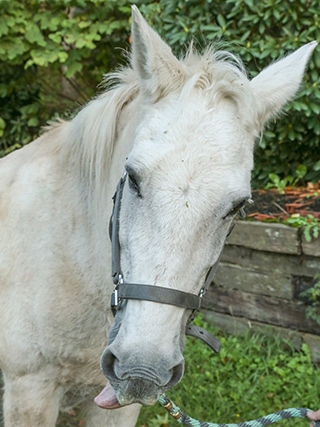Butterscotch
1991 white Grade mare
Type of Rescue: Animal Control Seizure
Intake Date: 10/8/2019
Adoption Date: 2/16/2020
Length of Time with SAFE: 4 months
ADOPTED!! by Catherine B
Butterscotch (Butters) and three other horses were seized by Animal Control after being moved from another county to evade law enforcement. These horses were badly neglected, starved, and in desperate need of veterinary care. Sadly, a mare that was seized with this group was humanely euthanized by animal control due to her poor condition. These horses were part of a large herd living together in a barren, overgrazed pasture in King County. They were housed with multiple other horses in a heavily over-grazed paddock, and they were sporadically fed poor quality hay in insufficient amounts. None of the seized horses appear to have been capable of fending off younger and equally hungry horses to get to their food.
After Butters’ rehabilitation was complete, she quickly found her forever home with a longtime friend of SAFE. She lived a wonderful life as a companion horse with the company of other horses on the property. Age (36 years old!) and living with Cushing’s Disease and laminitis eventually caught up with Butters. The condition of her feet deteriorated and, despite her front feet protected with gel pad cushions, Butters was uncomfortable even moving into her stall at night. After consultations with Butters’ veterinarian, Butters’ owner decided to kindly let her beloved Butters be humanely euthanized.
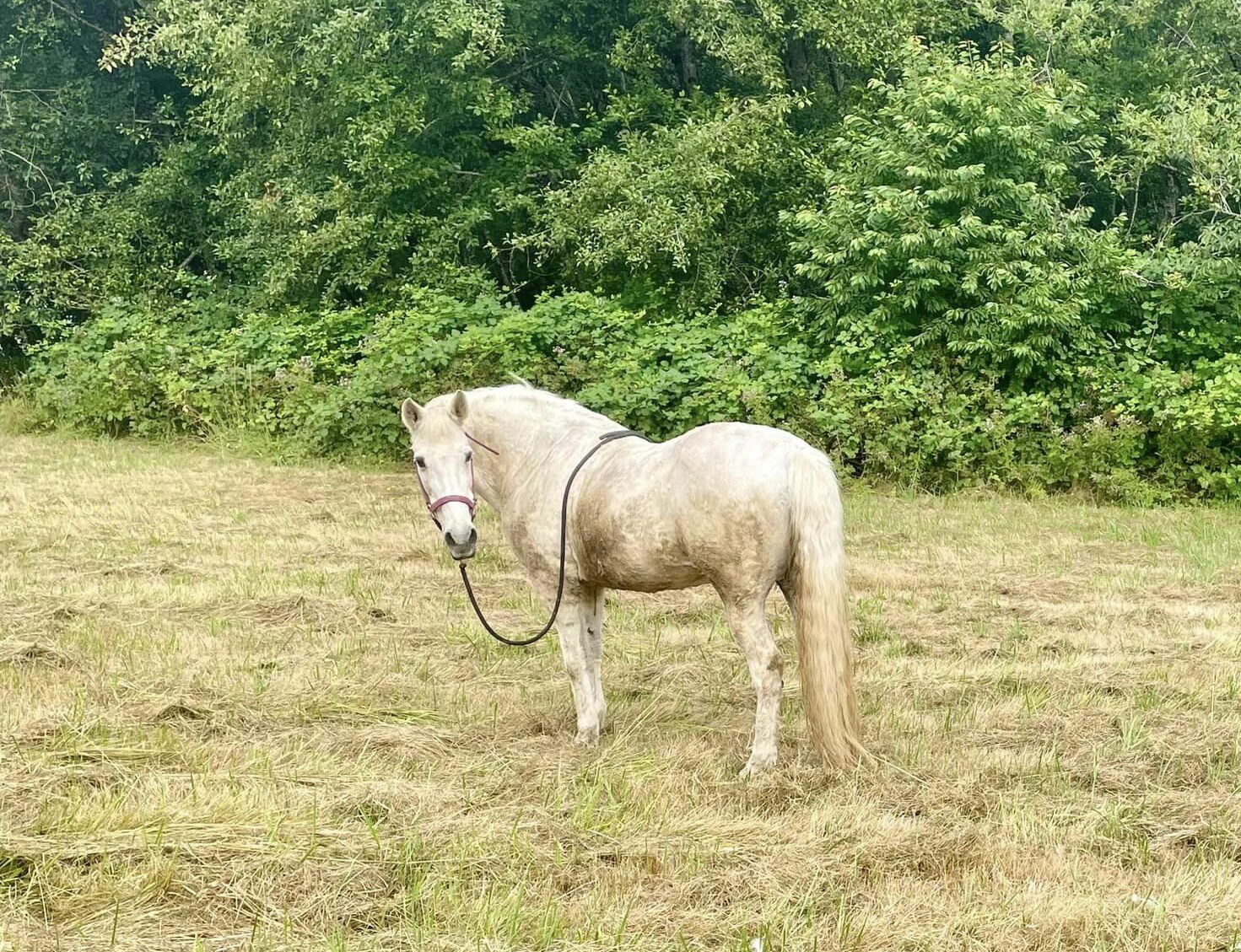
Alumni Update: Butters
We received an update from Catherine on July 31st: We said goodbye to Butters this morning. Though her spirits were as bright as ever, her hind end was weakening and unsteady. She was so very happy to get to amble and munch allllll the dewy, green grass today.…

Butterscotch: Joel Conner Clinic Update
Lori helped Butterscotch get introduced to horsemanship in our recent Horsemanship clinic. Here is what she had to say about working with this smart senior mare: Butter came to SAFE about a month ago. She’s a sweet girl but didn’t understand much about horsemanship. I…
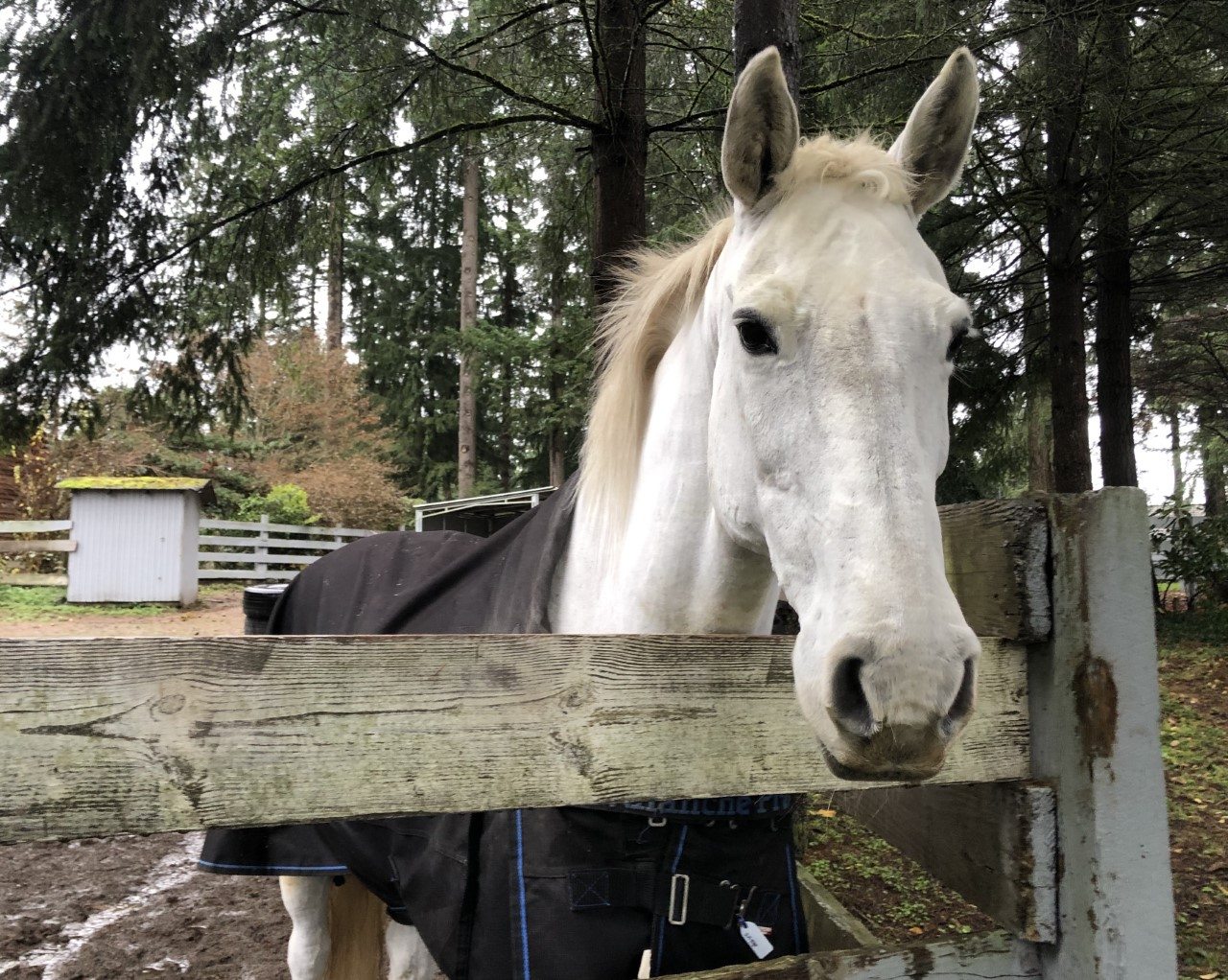
Butter’s New Look
Bathing Butter has been something that we’ve wanted to tackle due to her perpetually grimy, shaggy haircoat. The hope was that a bath with a medicated shampoo would help her be less itchy. None of the oral supplements and antihistamines that she’s been on have seemed…
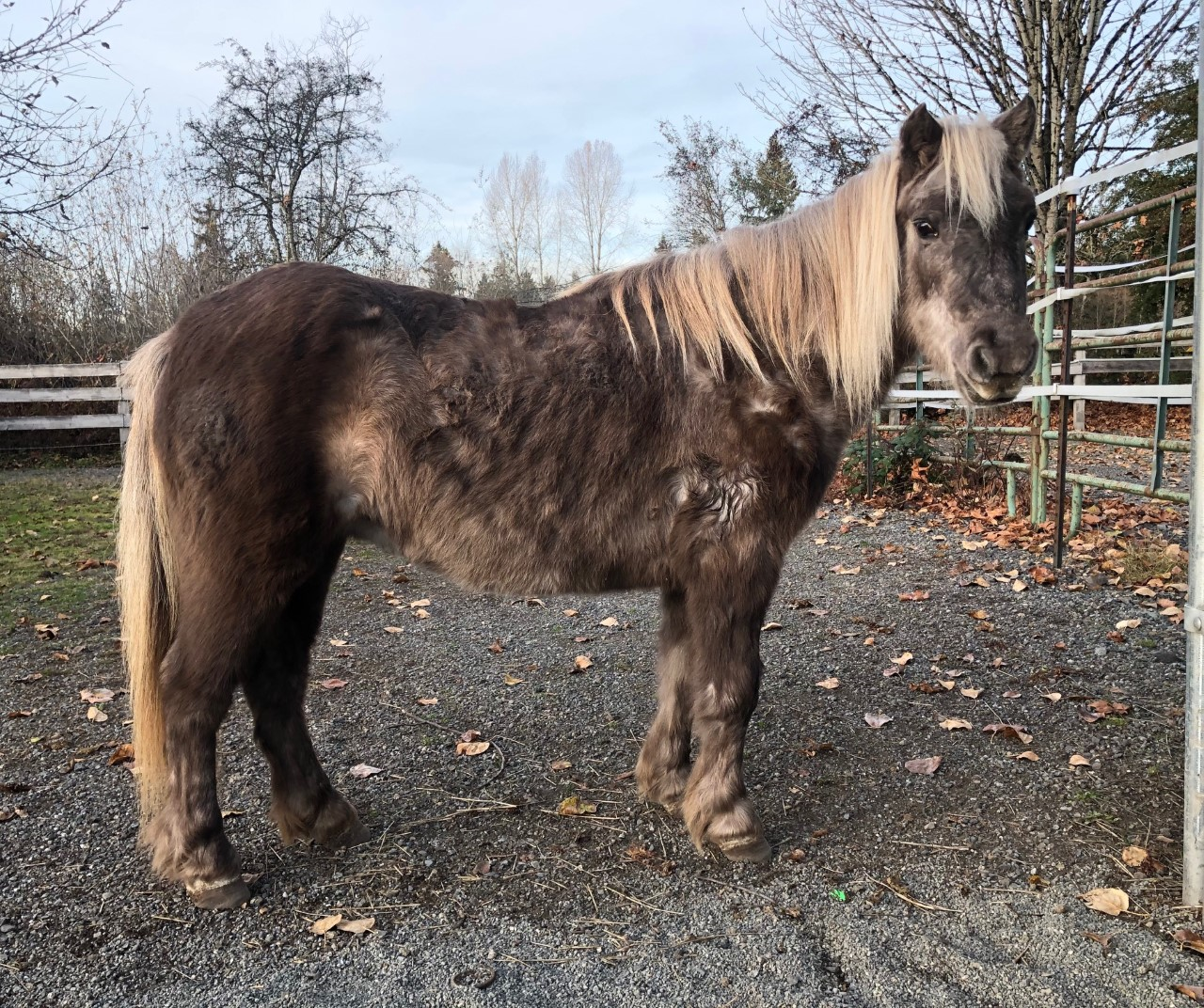
Understanding PPID (Equine Cushing’s Disease)
We’ve taken in several “shaggy” senior horses lately. Honeycutt, Butter, and Mara all came to us looking suspicious for pituitary pars intermedia dysfunction (PPID), and all of them tested positive. Last year, our cute pony, Sage, also got the diagnosis. PPID, also…
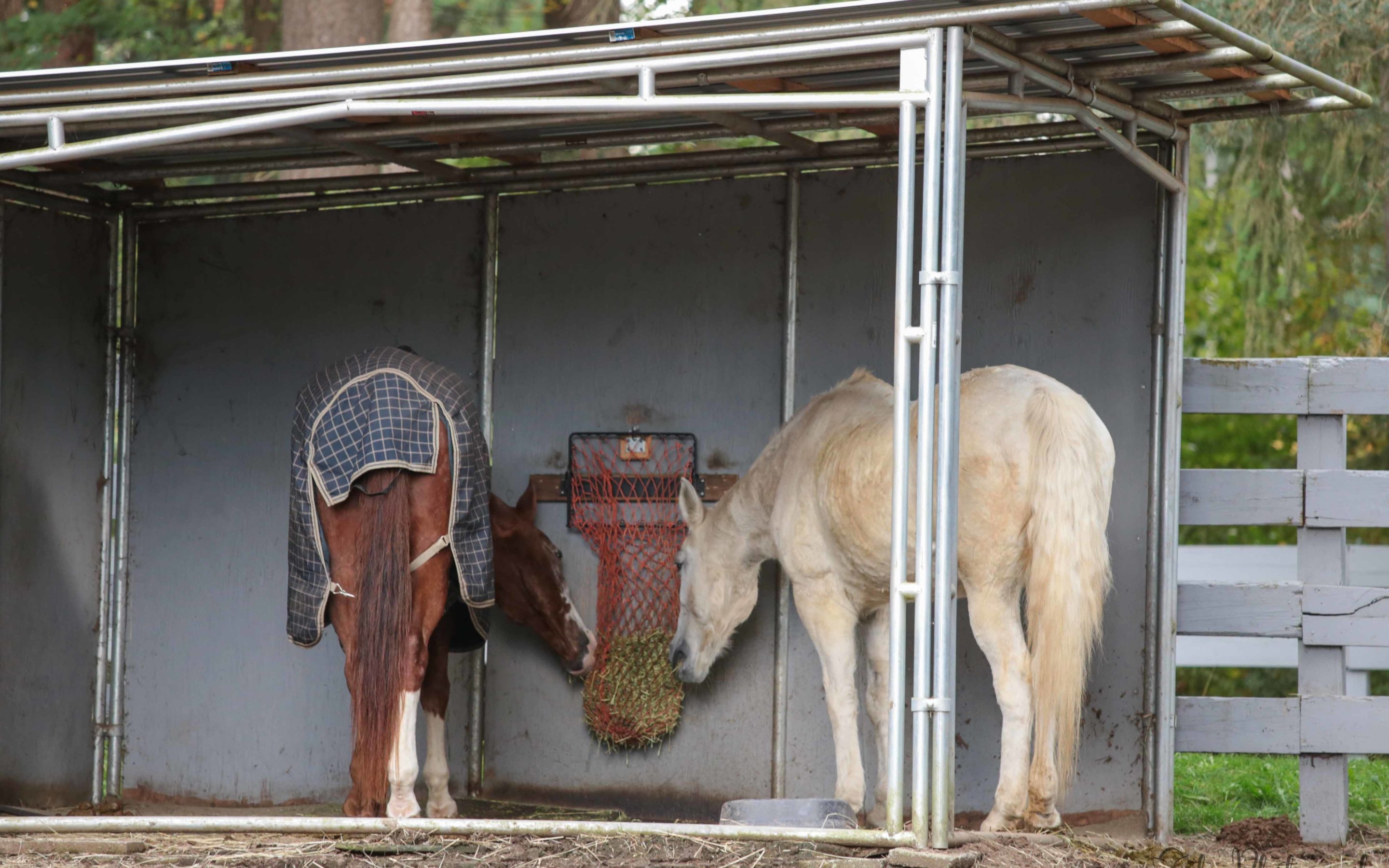
Butterscotch: Intake Photos and Assesment
Butterscotch has been with SAFE for just over a week. She is settling in, eating well and has been very gentle to handle. Below are her initial medical assessments and week one photos. Butterscotch is approximately 28–32 years old, a grade mare. She is 15.2hh and…

Three New Intakes at SAFE
SAFE welcomed three new horses to the herd today. These horses were badly neglected, starved, and in desperate need of veterinary care when they were seized from their owner by Pierce County Animal Control. A fourth horse that was also seized with this group was…

